The unemployment insurance system in California collapsed 17 years ago when hundreds of thousands of workers lost their jobs due to the Great Recession.
Six years prior, a shortsighted political choice caused the employer-financed program to rapidly deplete its meager reserves.
The Unemployment Insurance Fund had a positive balance of $6.5 billion in 2001. However, unions that funded his 1998 campaign owed Democrat Gray Davis, the governor at the time, significant political debt. In order to repay them, he doubled unemployment insurance payouts, arguing that the ostensibly sizable reserve could do so without increasing company payroll taxes.
The insurance fund quickly ran out of money when the recession hit, and the state had to borrow almost $10 billion from the federal government to continue making cash payments. The federal government boosted payroll taxes for almost ten years in order to discharge the loan after the state failed to repay it.
Political policymakers ought to have learned about financial responsibility and quick gratification from it, but they didn’t.
The COVID-19 pandemic hit California shortly after the $10 billion debt was repaid, causing the state to force workplace closures, which resulted in the loss of up to 3 million employment.
Once more, there were almost no reserves left in the unemployment insurance program to handle the dramatic rise in claims. It took out a $20 billion loan from the federal government once more, and because it was unable to pay it back, the feds had to raise payroll taxes.
The Employment Development Department has faced managerial setbacks in addition to a double dose of budgetary issues.
State auditor Elaine Howle pointed up the department’s flaws in a scathing report in 2011, but they were once again made clear when the pandemic struck. While the government paid tens of billions of dollars to fraudsters, there were significant hiccups in handling valid requests for insurance coverage.
Employers are still paying back the previous loan, and the state insurance fund is still losing money and cannot pay the existing payouts, which total about $7 billion annually.
In light of this past, the Legislative Analyst’s Office, another watchdog group, is calling for a comprehensive reform of unemployment insurance, stating that the system is flawed.
The LAO analysis estimates a permanently outstanding federal loan to maintain payments, which must be paid back with interest, given that the present state payroll tax is insufficient to sustain current benefits, let alone establish reserves.
In order to address a situation that has been accumulating for over 20 years and cannot be resolved on its own, the report suggests a four-part tough love approach, which calls on the state to:
Raise the base taxable wage from $7,000 per employee to $46,800, linking it to up to $450 in weekly actual benefits. California would join all other Western states and the eleven states with taxable wages above $40,000.
Establish two payroll tax rates: one for rebuilding reserves and one to fund existing benefits. The $46,800 wage base would be subject to the 1.9% combined rate.
Employers who cut back on staff must pay greater taxes because the tax rates are based on changes in employment.
To lower total interest expenses, refinance the federal loan using a bond secured by payroll taxes and state loans from its own internal sources.
Even though the politics of the problem are complex, the key point is that doing nothing will just prolong this catastrophe. Other options might exist, which could have positive effects.
For almost 25 years, there has been a political impasse that pits companies that don’t want to pay higher taxes against unions that want to preserve or perhaps expand benefits. Legislative leaders and governors have avoided involvement in favor of kicking the can later.
Dan Walters writes columns for CalMatters.
Note: Every piece of content is rigorously reviewed by our team of experienced writers and editors to ensure its accuracy. Our writers use credible sources and adhere to strict fact-checking protocols to verify all claims and data before publication. If an error is identified, we promptly correct it and strive for transparency in all updates, feel free to reach out to us via email. We appreciate your trust and support!


